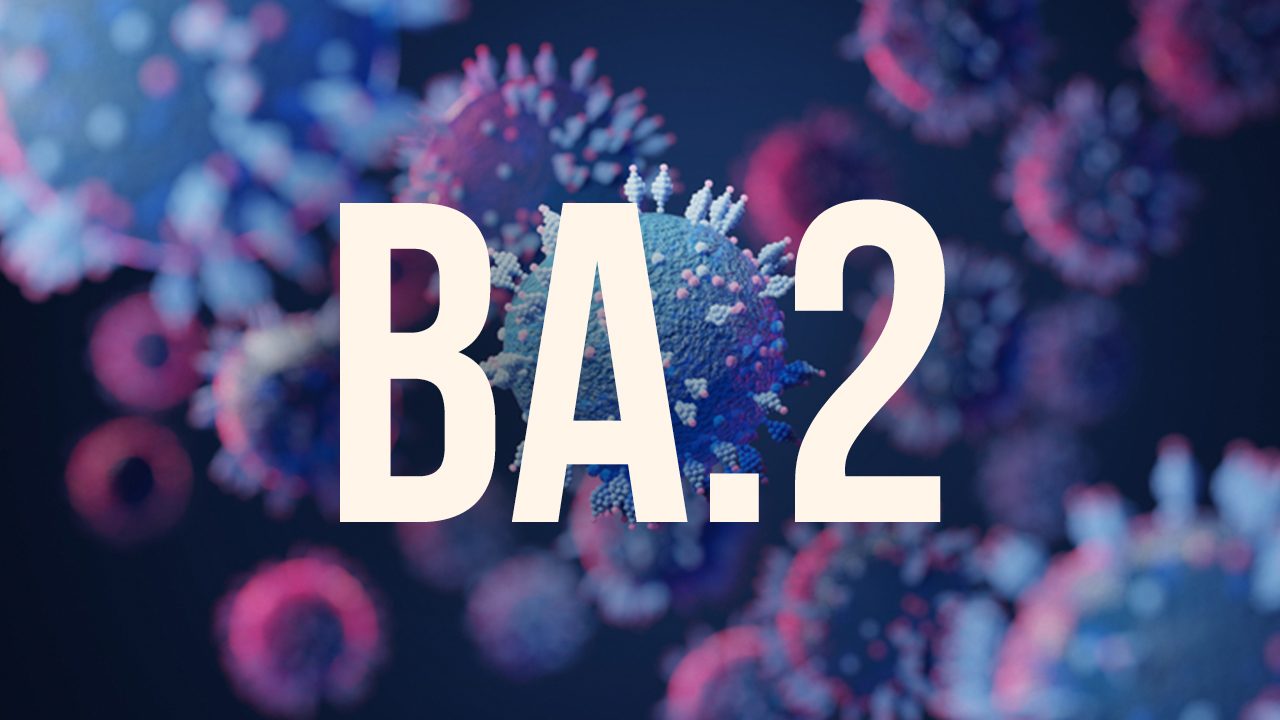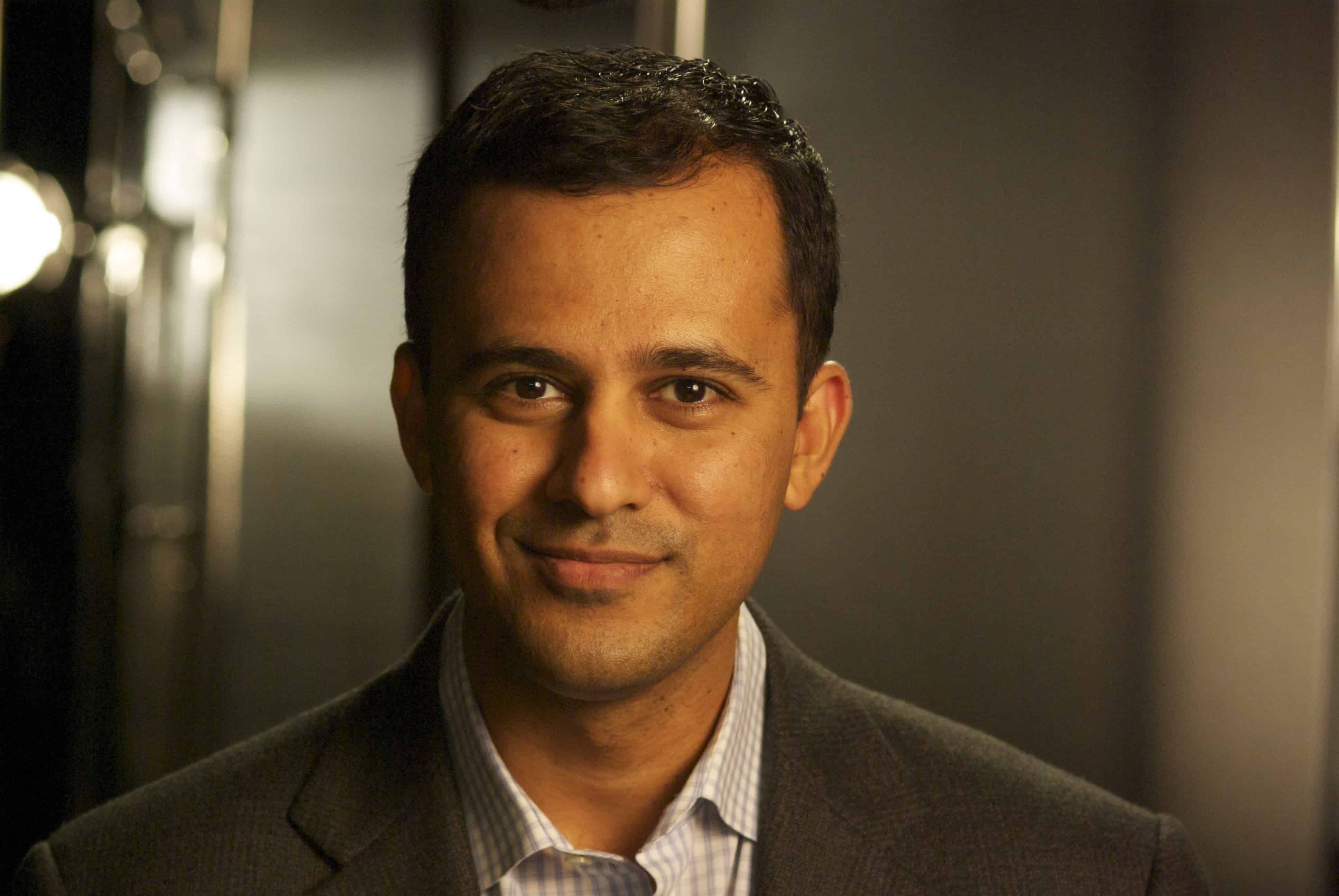Covid-19 : Experts are suspicious of the study, predicting the fourth Covid wave, in India, in June 2022

Experts question a study that said that the fourth Covid wave would hit India in June 2022.
It isn’t perfect to use forecasting models for long-term predictions, say many scientists. An IIT-Kanpur study predicting a fourth Covid wave in India in June may be “data astronomy” or just guesswork.
They also considered that most people in India have had two vaccines and one natural infection. They didn’t believe that there would be another spike in cases in the next three months. So even if there is a wave, the consequences of hospitalization and deaths should be manageable unless there is a new variant.

Sithabra Sinha, a math professor at the Institute of Mathematical Sciences in the Indian city of Chennai, said that “active cases are going down very quickly, and we can’t say for sure that there will be a new wave of cases in the future” (IMSc).
As of March 2020, the reproductive number (R) for India is at the lowest value it has been since COVID-19 broke in March 2020, he said. This number is the number of cases caused by one point in a population.
Study: Indian Institute of Technology-Kanpur researchers say that the fourth wave of COVID-19 may start around June 22 and peak in mid-to-late August.
An unpublished study, which hasn’t been peer-reviewed, used a statistical model to make the prediction. It found that the possible new wave will last for four months.
They also said that there is always the chance of a new coronavirus that could significantly impact their study.
During the debate, experts questioned the study’s assumptions, which led to many people getting outraged.
Gautam Menon, who has been tracking Covid numbers in India since the pandemic, says that the exact time isn’t specific. It isn’t clear how he came up with the method, and he doesn’t trust any modelling exercise that makes predictions months in the future.

People at Ashoka University in Haryana, a university in the Indian state of Haryana, don’t believe in any prediction, especially one that has exact dates and times, a professor told PTI.
The future is unknown, so we can’t predict what will happen next. What we can do, however, is keep an eye on things and get the information that lets us act quickly and effectively, he said.
People working in public health agreed with Bhramar Mukherjee, who said that the kind of prediction made in the paper from IIT Kanpur isn’t data science.
“I don’t believe in the first.” Predicting models are very good at making short-term predictions two to four weeks in advance, a professor of Global Public Health in the US told PTI.
There aren’t any good long-term predictions. During Diwali, could anyone say what Omicron would do? When we think about how we learned things in the past, we should be more humble.
People who work in theoretical physics agreed with what Sinha thought.
If these long-term predictions were accurate, I would be wary of them. There are a lot of unknowns when it comes to what will happen in a few months, and any statement about what will happen in a few months is just guesswork.” He thinks there will be new, smaller waves of the pandemic, but the reason for the IIT Kanpur prediction isn’t apparent.
Laxminarayan, the director of the Center for Disease Dynamics, Economics and Policy in Washington and New Delhi, told PTI that new variants, vaccination coverage, and eventually, a booster policy would determine when and how COVID-19 will come back.

There are fears that the highly contagious Omicron BA.2 subvariants, which spread quickly in many countries, could cause a future surge. Or, there could be a completely new variant that could surprise the world as Omicron did in November last year.
Already, there’s a lot of hybrid immunity, which comes from many previous infections and vaccines. Menon said that the Omicron wave mainly was slowed down because of this hybrid immunity, but also because that variant was less virulent in general.

Added Laxminarayan: There’s a chance there will be a rise in prices. Experience from other countries shows that India’s third wave of mutants wasn’t because Omicron was much less dangerous but because Indians had been exposed and had been vaccinated against the virus before.
Mukherjee agreed: “We need to pay attention to the data, reopen schools and workplaces, keep vaccination efforts going, stock up on antiviral medications, and increase our mitigation strategies when we see an uptick, just like we did for the Omicron wave,” she said.
People who wrote a paper about this say that the scientific calculations used in the article are based on specific statistical models and scientific assumptions. They told PTI in a joint email that they use these models and beliefs in their work and research.
Some statistical modelling has been used to try and predict what will happen in these kinds of situations. Statement: “In research, we are always trying to figure out how to solve a problem that we don’t know how to solve.”
But often, there are a lot of assumptions that need to be made for statistical inferences to be drawn. People can’t make sure the prediction will work beyond a certain level of confidence because there could be a lot of factors at play, the authors said.
The authors also noted that any statistical estimation is associated with variability.
People said that they were working on getting a better sense of how confident they were about the start and end dates of the fourth wave. That means the next wave could start on June 22, plus or minus a few days.

It’s the Fourth Wave of Fears: As Delhi brings back face masks, check out other states where masks are required.
Face masks were once again required in Delhi on Wednesday, and anyone who didn’t wear one was hit with a fine of 500 rupees. The surge in Covid-19 cases raised fears that there could be a fourth wave of coronavirus in the country.
An uptick in the virus graph has been going on in India over the last few days, and experts say it has to do with the mask rule being relaxed and schools reopening.
A day after India saw a 90% rise in daily cases, the health ministry told three states and the union territory of Delhi to make sure people wore masks in crowded places.
- Uttar Pradesh: On Monday, the Yogi Adityanath government announced that it would make the wearing of face masks mandatory in seven towns of the state, including the state capital Lucknow. UP government has made the use of shows mandatory in public places in Gautam Buddh Nagar, Ghaziabad, Hapur, Meerut, Bulandshahr, Baghpat and Lucknow.
- The chief minister asked officials to identify people in these districts who have not been fully vaccinated yet and administer the COVID vaccine on priority.
- Haryana: The Haryana and Chandigarh administration has also made it compulsory to wear face masks in public places to contain the spread of the infection. On Monday, the Haryana government made wearing a face mask mandatory in four districts falling in the National Capital Region. This includes Gurugram, Faridabad, Sonipat and Jhajjar.
- Chandigarh: Residents of Chandigarh have been advised to wear face masks in crowded places and ensure they follow Covid-19 protocol while travelling by public transport, inside cinema halls, shopping malls, departmental stores, classrooms and indoor gatherings.
Face masks were once again required in Delhi on Wednesday, and anyone who didn’t wear one was hit with a fine of 500 rupees. The surge in Covid-19 cases raised fears that there could be a fourth wave of coronavirus in the country.
An uptick in the virus graph has been going on in India over the last few days, and experts say that it has to do with the mask rule being relaxed and schools reopening.
A day after India saw a 90% rise in daily cases, the health ministry told three states and the union territory of Delhi to make sure people wore masks in crowded places.




